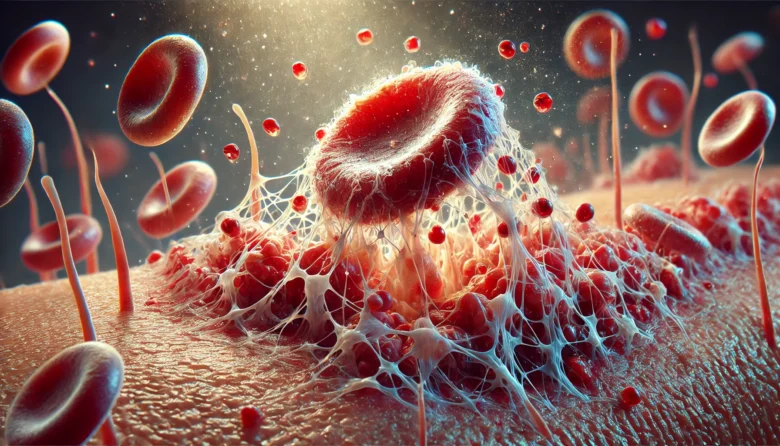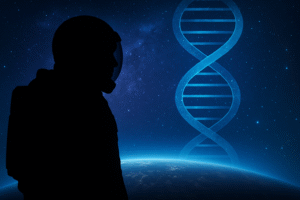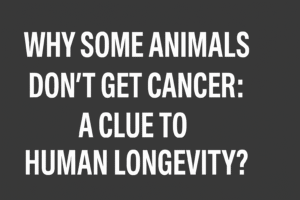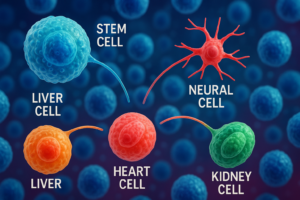Fun Fact: Did you know that the process that stops your bleeding is a chemical reaction that takes only minutes to start, but it took scientists centuries to fully understand?
Imagine you scrape your knee, and in no time, the bleeding stops. Ever wondered how your body manages this? It’s all thanks to an incredible chemical process called blood clotting. Blood clotting, also known as coagulation, is a fascinating and essential biological mechanism that prevents us from excessive bleeding when we get hurt. This life-saving process relies on a series of complex chemical reactions involving proteins and cells, ensuring our survival with each small cut or wound. In this blog, we will dive into the chemistry of blood clotting mechanisms, exploring how it works, the key players involved, and why it’s so vital to our health.
The Role of Platelets: Your Body’s First Responders
When you get a cut, the first line of defence in your blood is tiny cell fragments known as platelets. Platelets are always circulating in your blood, waiting for an emergency. Think of them as the body’s first aid team. As soon as the skin is broken and blood vessels are damaged, platelets rush to the site of the injury, sticking to the broken walls of the blood vessels. They create a temporary seal to stop the bleeding, much like patching a hole in a tyre to stop air from leaking.
This initial stage of clotting is quick but temporary. Platelets alone can’t stop the bleeding for good. That’s where the chemistry of blood clotting really takes off.
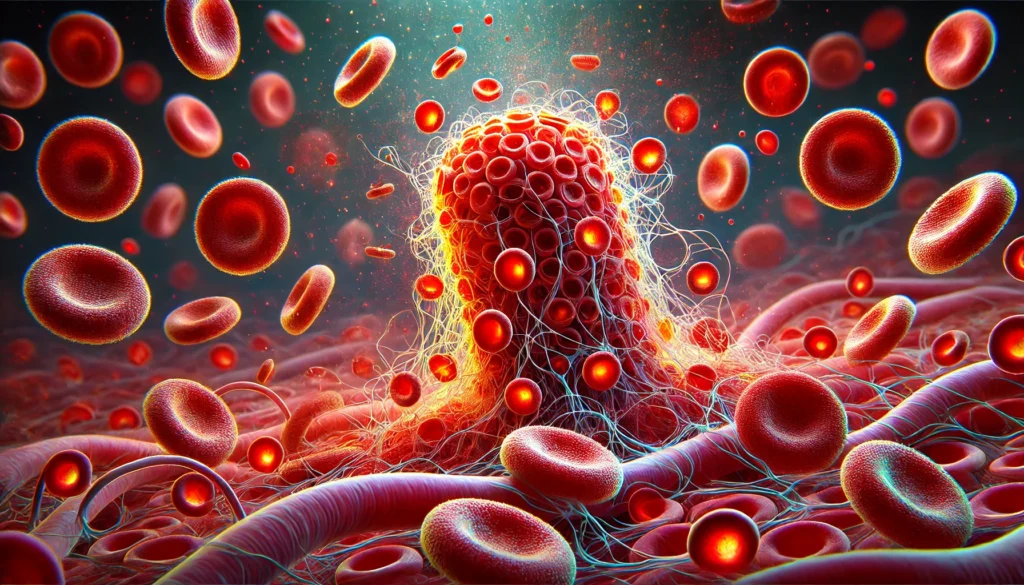
The Chemistry of Clotting: A Domino Effect of Proteins
Blood clotting is often compared to a domino effect or a chain reaction, where one step triggers the next. The process starts with the activation of clotting factors—proteins found in blood plasma. There are 13 major clotting factors labelled with Roman numerals (Factor I to Factor XIII), but don’t worry—you don’t have to memorize them all!
The most critical factor is fibrinogen (Factor I), which is an inactive protein floating around in the blood. When an injury occurs, fibrinogen is activated and converted into fibrin by an enzyme called thrombin (Factor II). This conversion is key to clot formation.
The fibrin molecules then form long, thread-like structures that weave through the platelets, creating a strong, stable clot. These fibrin threads act like a net, catching more platelets and red blood cells, sealing the wound completely and stopping the bleeding.
Calcium and Vitamin K: The Silent Helpers
Though proteins like thrombin and fibrinogen steal the spotlight in blood clotting, they don’t work alone. Two essential chemicals play a behind-the-scenes role in this process: calcium and vitamin K.
Calcium ions are necessary for the binding of clotting factors to the surface of platelets, acting as a kind of “glue” that holds everything together. Without calcium, the clotting cascade would fall apart.
Vitamin K, on the other hand, is required for the synthesis of several clotting factors, including Factor II (prothrombin) and Factor VII (proconvertin). People who are deficient in Vitamin K often experience excessive bleeding, even from minor injuries, because their bodies cannot produce enough of the necessary clotting factors.
Hemophilia: When the Clotting Process Fails
While the blood clotting process usually works perfectly, there are cases when things can go wrong. Hemophilia is a genetic disorder where people lack certain clotting factors, leading to problems in forming stable blood clots. For instance, people with Hemophilia A are deficient in Factor VIII, while those with Hemophilia B lack Factor IX. As a consequence, even small injuries may result in significant bleeding because the clotting process cannot function as it should.
An interesting case study involves Queen Victoria, whose descendants spread haemophilia throughout the royal families of Europe. This genetic condition impacted the health of many royal heirs and was termed “the royal disease.”
Blood Clotting and Modern Medicine
Understanding the chemistry of blood clotting has been critical in developing treatments for blood disorders. People with haemophilia now receive clotting factor replacement therapy, which involves injecting the missing clotting factors directly into the bloodstream to help their bodies form clots properly.
On the flip side, when clotting happens too much, it can cause dangerous health issues, like heart attacks or strokes, where blood clots block vital arteries. Medications like aspirin or warfarin (a blood thinner) are used to prevent the formation of unnecessary clots. Warfarin works by inhibiting Vitamin K, thus reducing the production of clotting factors and helping prevent clots in at-risk patients.
The Balance: Too Much or Too Little Clotting
The chemistry of blood clotting relies on a delicate balance. If the clotting process is too slow, it can lead to excessive bleeding (as seen in haemophilia). If the clotting happens too rapidly, it can form harmful clots that obstruct blood circulation, potentially causing conditions such as deep vein thrombosis (DVT). This balancing act is one of the reasons why researchers are so fascinated by the body’s clotting mechanisms, as even the slightest change can have profound health implications.
Conclusion
Blood clotting is a remarkable chemical reaction that quietly works in the background, ensuring we don’t lose excessive blood from minor cuts or injuries. From the initial rush of platelets to the intricate chemistry of fibrin formation, every step in this cascade is finely tuned. Without it, even small cuts would pose a serious danger. However, the complexity of this process means that any imbalance—whether too much or too little clotting—can lead to health problems.
As we learn more about this delicate system, it’s important to appreciate the intricate chemistry that keeps us going. If you’re ever in doubt about how amazing your body is, just think about the incredible science happening every time you get a paper cut!
Author’s Note
Writing about the chemistry of blood clotting has reminded me of how remarkable the human body is. The way these microscopic players collaborate to protect us every day is nothing short of amazing! I hope this blog helped you appreciate this hidden yet crucial part of our biology. If you have any questions or want to share your thoughts, feel free to comment!
G.C., Ecosociosphere contributor.

